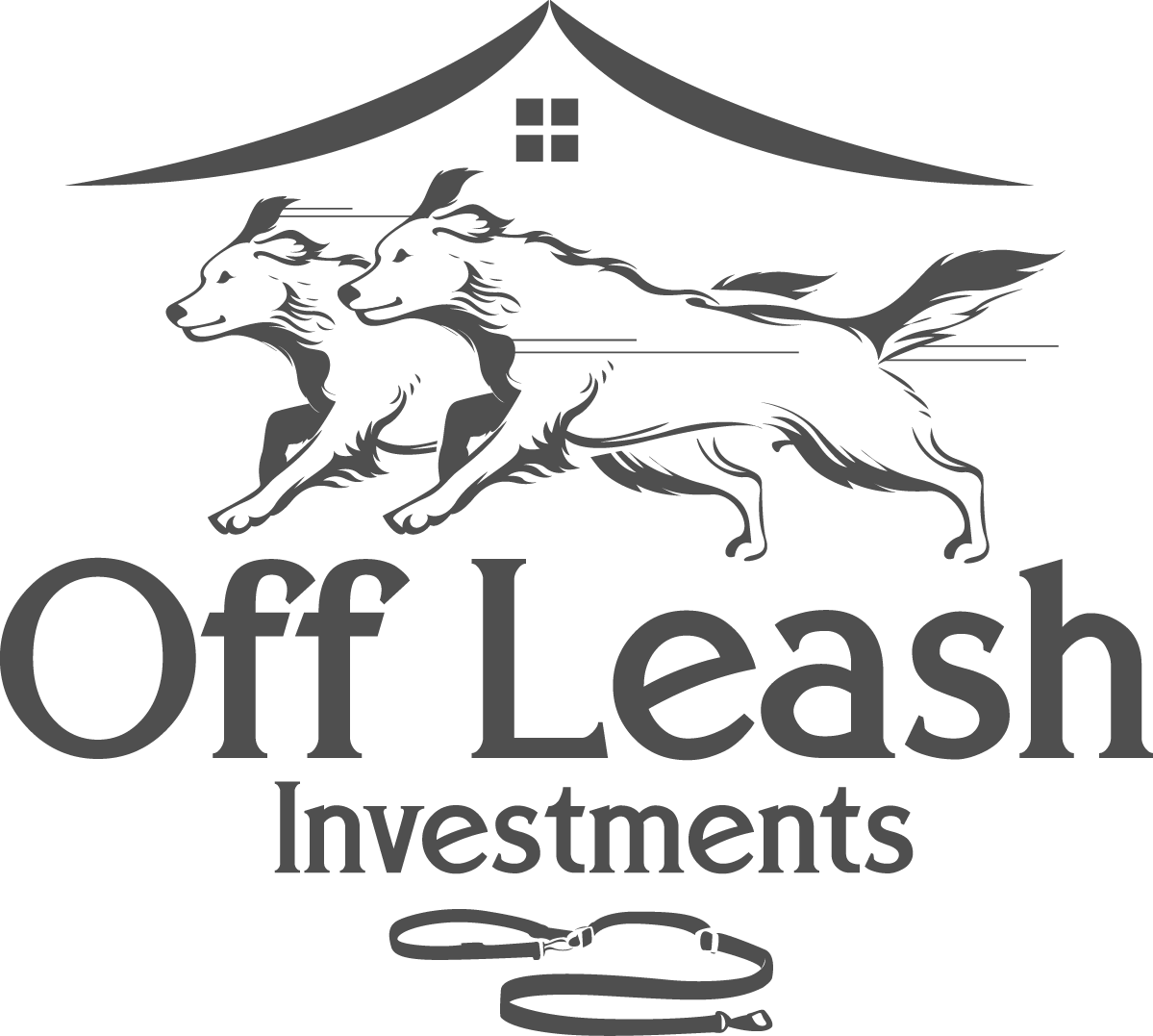Investors: Why Your 2017 SOW Won't Cut It Today
When I started investing in real estate back in 2017, my scopes of work (SOWs) looked vastly different than they do today.
The construction landscape has undergone significant shifts in recent years, especially in terms of costs. If I wasn't willing to adjust, making deals happen today would be nearly impossible.
The Landscape in 2017:
A Golden Era for Investors? Six years ago, real estate investment was cost-effective. Material and labor costs were predictable, making high profit margins attainable. SOWs mirrored a market ripe for lucrative opportunities.
What Has Changed: The Investor's Dilemma Fast forward to today, investors face two challenges:
Material Costs: Essential construction materials' prices have surged, impacting profit margins and project risks.
Labor Costs: Rising labor expenses increase project expenses and cause delays, affecting ROI.
Understanding these shifts is crucial. Soaring material costs and labor expenses reshape the investment landscape.
The Impact on Investment Strategies:
Reassessing your real estate investment strategies is crucial. Relying on outdated models and SOWs can lead to budget miscalculations and financial setbacks. Relying on an outdated scope of work may lead to significant budget miscalculations, potentially impacting project success.
Why Your 2017 SOW is Obsolete:
Clinging to 2017-based strategies sets you up for disappointment. Costs have not only increased but also affect multiple facets of each investment. This miscalculation can result in financial disappointments and missed opportunities, negatively impacting your investment portfolio. Consider this a wake-up call: holding onto old strategies may lead to missed opportunities and financial setbacks.
Strategies to Adapt and Thrive: The Investor's Toolkit:
Willingness to Negotiate on the Front End: The current market demands flexibility. Before finalizing any deal, be ready to negotiate contracts, prices, and terms. This proactive approach safeguards against unforeseen rising costs, aiding in securing deals aligned with the current market conditions.
Leveraging the Inspection Period for Price Concessions: The inspection period isn't just about identifying structural or system issues; it's a strategic period for renegotiation. If inspection reveals issues leading to increased construction or repair costs, leverage it to request price concessions. This tactic helps offset some of the financial burdens of rising costs.
Consider Altering Bedroom/Bathroom Count: Adjusting these counts significantly impacts the property's value and comparables. This positions your property against a different class of real estate, potentially increasing your ROI. However, evaluate costs and benefits thoroughly before proceeding.
These strategies aren't just theoretical. Many investors have found success by implementing these approaches.
Adaptation is key to thriving in today's real estate investment landscape. Costs have risen across the board, affecting every facet of the investment process. As an investor, updating your strategies and SOWs is not just advisable—it's essential. In the dynamic world of real estate, adaptability is your greatest asset.
For successful navigation of these challenging times, consider reaching out for a personalized consultation. Adaptation is crucial, and our expertise can guide your investment strategies to better suit the current market landscape.


